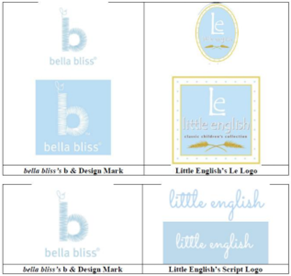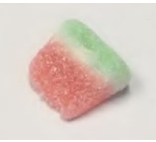On November 8, 2023, the US Senate Judiciary Subcommittee on Intellectual Property heard testimony from four witnesses on the proposed Promoting and Respecting Economically Vital American Innovation Leadership (PREVAIL) Act. Although the PREVAIL Act includes several provisions regarding transparency and independence, its thrust is its dramatic alteration of Patent Trial & Appeal Board post-grant review (PGR) and inter partes review (IPR) proceedings, including their relationship to co-pending district court litigation, with the goal of incentivizing innovation by reducing costs and making such challenges less likely to be successful.
We previously reported on the provisions of the proposed PREVAIL Act when it was introduced. The biggest changes under consideration include the introduction of a standing requirement, a heightened burden of proof from preponderance-of-the-evidence to clear-and-convincing evidence, a stronger estoppel to thwart costly and unnecessary co-pending actions in court and at the Board, and the separation of the Board’s institution and decision-making functions.
Three witnesses spoke in favor of the PREVAIL Act before the subcommittee, emphasizing that the Board failed to live up to the purposes and intentions of the America Invents Act (AIA). These witnesses were Representative Lamar Smith, a co-sponsor of the AIA; Michelle Armond, co-founder of the law firm Armond Wilson LLP and a practitioner before the Board; and Joseph Kiani, founder of Masimo Industries.
Smith testified that Congress enacted the AIA because it recognized the potential for Board proceedings to be abused, and according to Smith, that is exactly what has happened. Each of the three witnesses testified that well-funded litigants have exploited Board procedures to overwhelm small businesses by forcing them into expensive duplicative proceedings in multiple forums. For example, Kiani posited that the Board posed an existential threat to startups, attributing findings of invalidity against his company’s patents to the AIA’s invalidation-friendly procedures.
Armond explained to the subcommittee how the PREVAIL Act would streamline Board proceedings and harmonize them with district court and International Trade Commission (ITC) litigation. According to Armond, in the wake of the AIA, both the Board and district courts have failed to offer uniform standards for deciding whether to stay a proceeding in their forum pending resolution of a parallel proceeding in the other. The PREVAIL Act would resolve this problem by requiring litigants to select only one forum in which they may raise their invalidity arguments. Armond argued that using the same clear-and-convincing-evidence standard in Board review proceedings and other litigation would harmonize the Board with district courts and the ITC by ensuring that different forums reach the same invalidity decision.
Joseph Matal, former US Patent & Trademark Office interim director and acting solicitor, and current principal of Clear IP, LLC, was the lone dissenting witness at the hearing. According to Matal, the PREVAIL Act’s proposal to require a clear-and-convincing-evidence standard in Board review proceedings is misguided because Board judges possess the requisite agency expertise to second-guess patent examination decisions. Additionally, Board judges often have more time to evaluate the patents and more information than the examiner. According to Matal, [...]
Continue Reading
read more


 Subscribe
Subscribe




